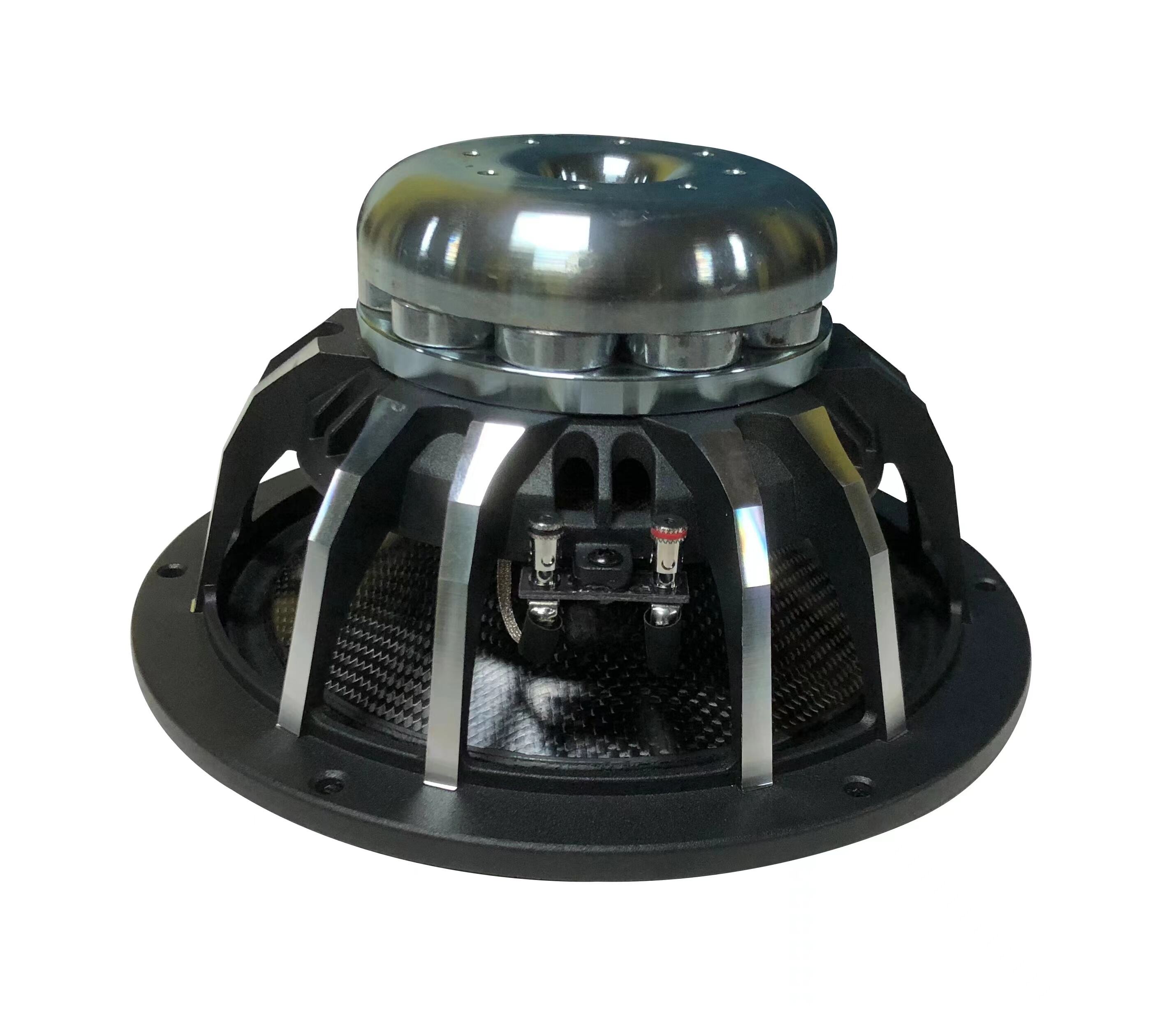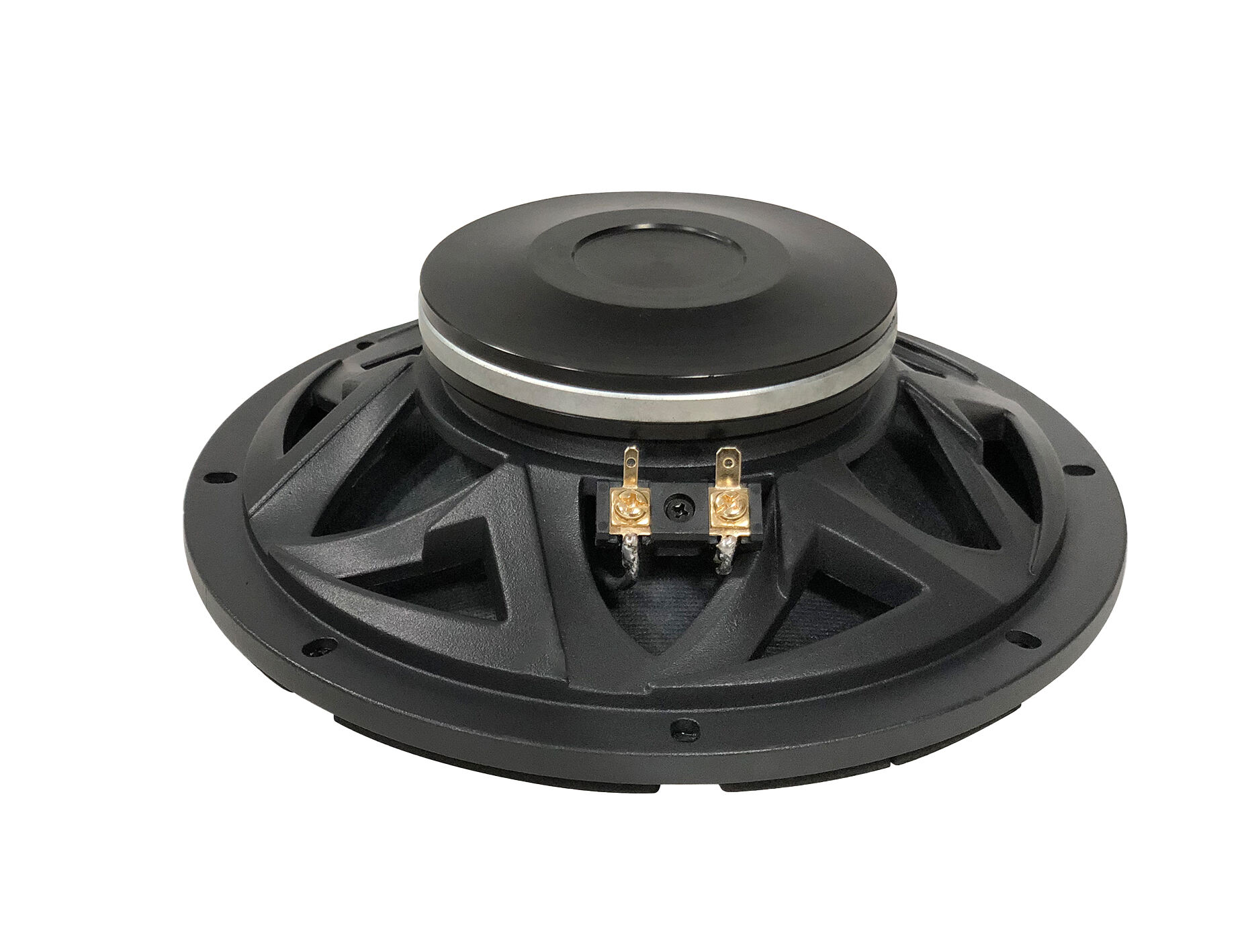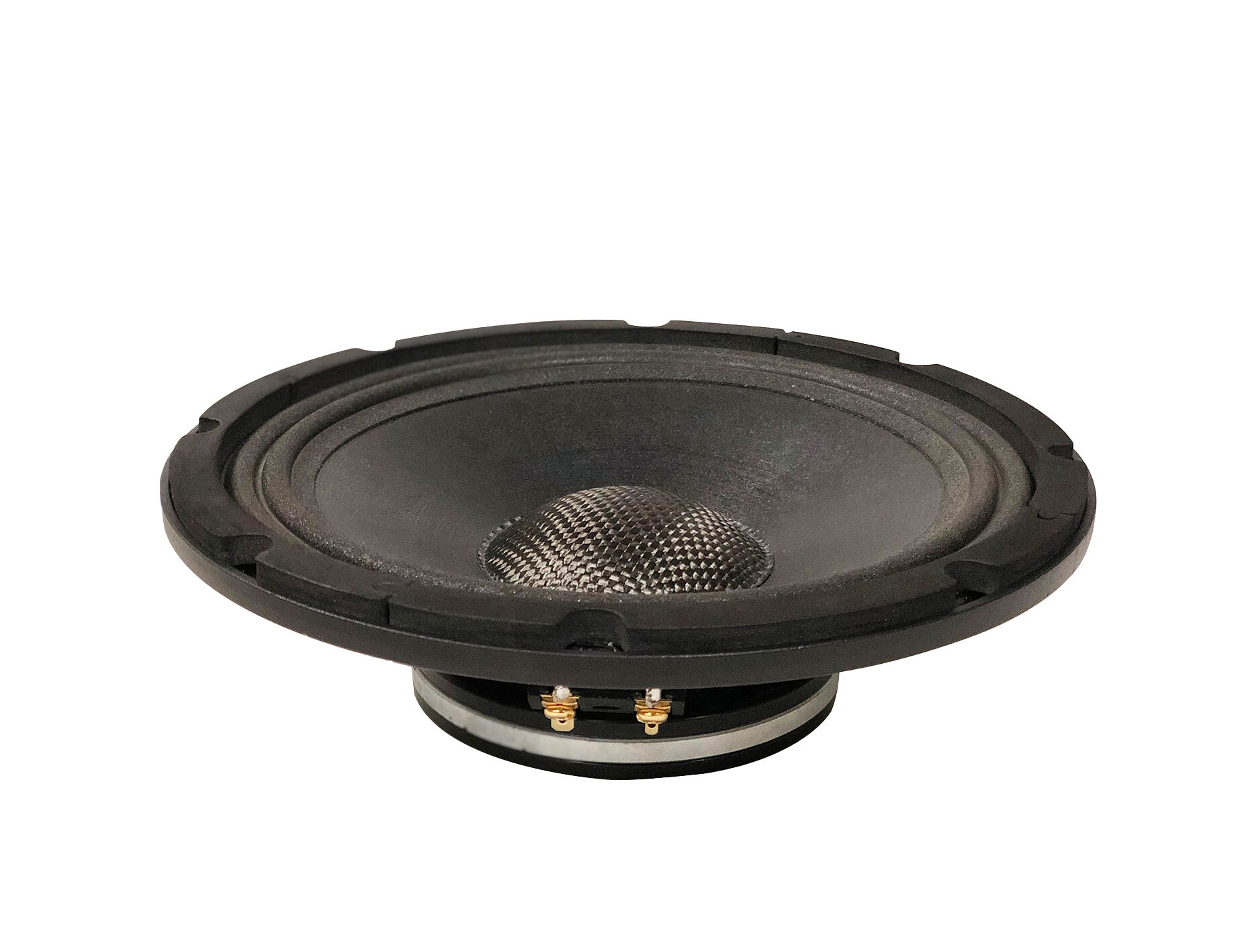In the highly demanding world of music production, accuracy and detail are everything. The midrange speaker for music production is an essential tool for producers, engineers, and musicians, as it allows them to hear the true nature of the audio they are working on. Music production midrange speakers are designed with flat frequency response in mind. A flat frequency response means that the speaker reproduces all frequencies within its range evenly, without exaggerating or suppressing any particular frequencies. This is crucial because it enables producers to make accurate mixing and mastering decisions. For example, if a midrange speaker has a boost in a certain frequency range, it may make certain elements in the mix sound louder or more prominent than they actually are. When the mix is played back on other systems, these elements may end up overpowering the rest of the audio. By using a midrange speaker with a flat frequency response, producers can ensure that the balance of the mix is correct and that all elements are heard as they should be. Transient response is another important characteristic of midrange speakers for music production. Transients are the initial attacks of sounds, such as the strike of a drum or the pluck of a guitar string. A good music production midrange speaker should be able to reproduce these transients accurately, without smearing or blurring them. This allows producers to hear the fine details of the performance, such as the technique used by the musician, and make adjustments accordingly. To achieve excellent transient response, these speakers often feature lightweight cones and high - quality voice coils. The lightweight cones can move quickly in response to the electrical signals, accurately reproducing the fast - changing nature of transients. The high - quality voice coils, on the other hand, ensure that the electrical energy is efficiently converted into mechanical movement, minimizing energy loss and distortion. Isolation and low coloration are also key features. Music production midrange speakers are typically placed in treated acoustic environments, such as recording studios or mixing rooms. However, even in these controlled spaces, it's important for the speakers to have minimal coloration. Coloration refers to the addition of unwanted sonic characteristics by the speaker itself. Speakers with low coloration reproduce the audio exactly as it is, without adding any artificial tones or frequencies. Isolation is also important to prevent sound from bleeding into other microphones or audio equipment in the studio. This can be achieved through proper speaker placement, the use of isolation pads, and careful design of the speaker cabinet.


